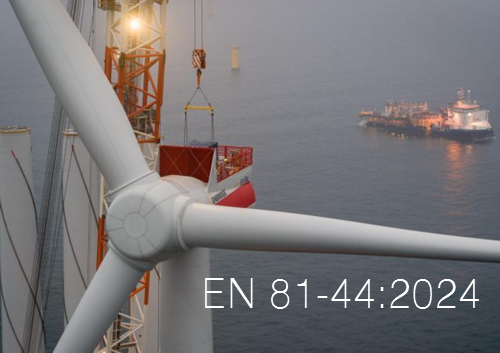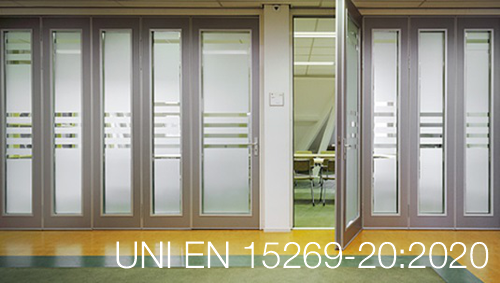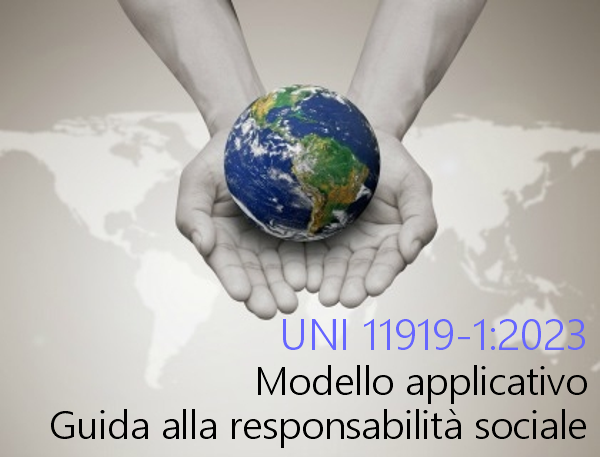
UNI EN ISO 16092-1:2018
Sicurezza delle macchine utensili - Presse - Parte 1: Requisiti generali di sicurezza
Data entrata in vigore: 19 luglio 2018
La norma specifica i requisiti tecnici di sicurezza e le misure che devono essere adottate dalle persone che si occupano della progettazione, produzione e fornitura di presse che sono destinate alla lavorazione a freddo di metallo o di materiale parzialmente metallico, ma che possono essere utilizzate allo stesso modo per lavorare altri materiali in fogli (ad es. cartone, plastica, gomma, cuoio, ecc.).
http://store.uni.com/catalogo/index.php/uni-en-iso-16092-1-2018.html
La UNI EN ISO 16092-1:2018 è la prima norma che fissa i "requisiti generali" di sicurezza delle presse, darà indicazioni su tutti i tipi di presse rientranti nelle macchine utensili.
La norma sarà armonizzata per la Direttiva macchine come "nuova", nella prossima Comunicazione delle norme armonizzate.
Norme della serie ISO 16092-X
Le norme della serie ISO 16092-X devono essere lette unitamente alla ISO 16092-1, tali norme sono:
ISO 16092-1 Presse requisiti generali
ISO 16092-2 Presse meccaniche (Pubblicata DIS)
ISO 16092-3 Presse idrauliche (Pubblicata)
ISO 16092-4 Presse pneumatiche (Pubblica)
_____
Recepisce:
EN ISO 16092-1:2018
Adotta:
ISO 16092-1:2017
Sostituisce:
UNI EN 692:2009
UNI EN 13736:2009
UNI EN 693:2011
...
In allegato preview ISO 16092-1:2017 riservato abbonati
ISO 16092-1:2017
Machine tools safety -- Presses -- Part 1: General safety requirements
ISO 16092-1:2017 specifies technical safety requirements and measures to be adopted by persons undertaking the design, manufacture and supply of presses which are intended to work cold metal or material partly of cold metal, but which can be used in the same way to work other sheet materials (e.g. cardboard, plastic, rubber, leather, etc.).
NOTE 1 The design of a machine includes the study of the machine itself, taking into account all phases of the "life" of the machine mentioned in ISO 12100:2010, 5.4, and the drafting of the instructions related to all the above phases. The requirements in this document take account of intended use, as defined in ISO 12100:2010, 3.23, as well as reasonably foreseeable misuse, as defined in ISO 12100:2010, 3.24. This document presumes access to the press from all directions, deals with all significant hazards during the various phases of the life of the machine described in Clause 4, and specifies the safety measures for both the operator and other exposed persons.
NOTE 2 All significant hazards means those identified or associated with presses at the time of the publication of this document. ISO 16092-1:2017 applies to presses which can function independently and can also be used as a guide for the design of presses which are intended to be integrated in a manufacturing system. The covered presses transmit force mechanically to cut, form, or work cold metal or other sheet materials by means of tools or dies attached to or operated by slides/ram in range in size from small high speed machines with a single operator producing small workpieces to large relatively slow speed machines with several operators and large workpieces.
ISO 16092-1:2017 does not cover machines whose principal designed purpose is:
a) metal cutting by guillotine;
b) attaching a fastener, e.g. riveting, stapling or stitching;
c) bending or folding by press brakes or folding machines;
d) straightening; e) turret punch pressing;
f) extruding;
g) drop forging or drop stamping;
h) compaction of metal powder;
i) single purpose punching machines designed exclusively for profiles, e.g. used in the construction industry;
j) spot welding;
k) tube bending; l) working by pneumatic hammer.
This document does not cover hazards related to the use of presses in explosive atmospheres.
ISO 16092-1:2017 covers the safety requirements related to the use of programmable electronic systems (PES) and programmable pneumatic systems (PPS).
ISO 16092-1:2017 is not applicable to presses which are manufactured before the date of its publication.
ISO 16092-1:2017 deals with the common significant hazards, hazardous situations and events relevant to presses and ancillary devices which are intended to work cold metal or material partly of cold metal (see Clause 4).
This document defines the common safety requirements for presses defined in this clause and shall be used in connection with other parts of the ISO 16092 series. Specific hazards which are related to the type presses used are dealt with in ISO 16092‑2, ISO 16092‑3 and ISO 16092‑4.
Fonte: UNI
ISO
Collegati
Allegati
|
Descrizione |
Lingua |
Dimensioni |
Downloads |
 |
|
EN |
254 kB |
178 |



































